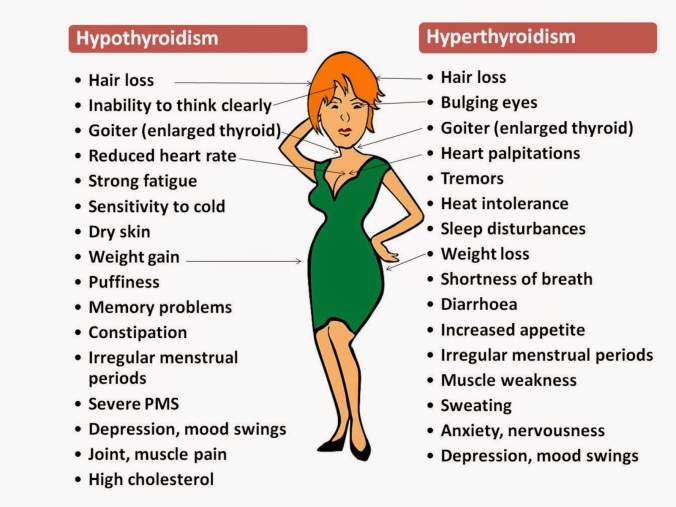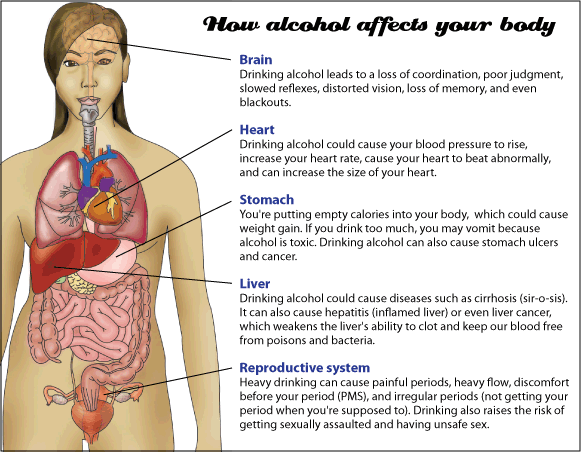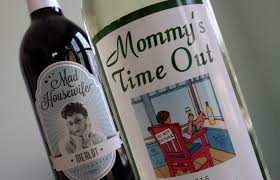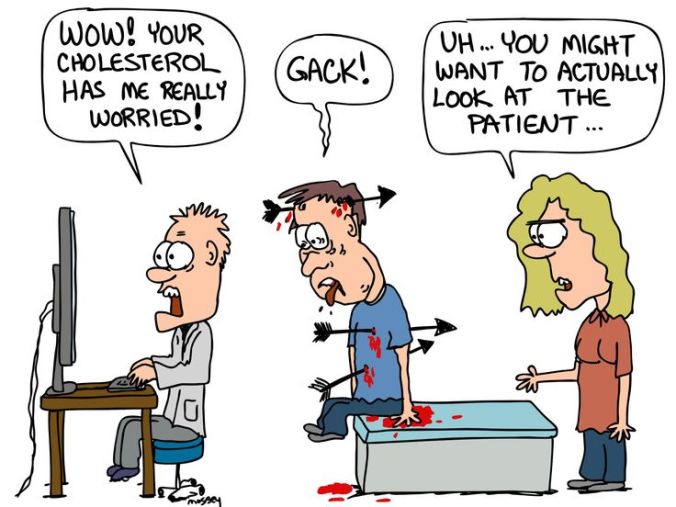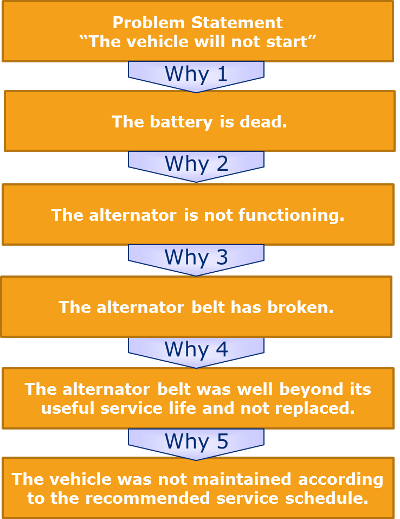Its about two weeks into the New Year and rather than inspire you with a weight loss solution or exercise regimen, I want to challenge you to change your own dang mind.
In our society there is praise and admiration to be had for those who are steadfast, stay the course, and remain committed. We can get respect, kudos from our family and friends, and we may avoid the risk of nonconformity. These character attributes certainly have their merits; however, there are times when the path we choose is depleting and even destructive.

Have you ever given yourself permission to question your own path? This path has often been dictated by family, societal, and cultural expectations. This can be a path that has been ingrained for generations and in some cases, it can become difficult to differentiate between tradition versus truth. Perhaps you have identified with beliefs that may limit your personal fulfillment or your ability to express your personal gifts. Your definition of success may be rigid and formulaic leaving little room for diversion, risk, expression, or innovation. May you believe you must not ruffle feathers or rock the boat. You may feel that the repercussions of speaking up or being different outweigh the benefits. And so, you begrudgingly stay on the path.

Personally, I have long been a “box-checker” borne from the fallacy of perfectionism. I like to call myself a perfectionist in recovery and as I envision my 2019, I want to continue to question my own boundaries, labels, and “boxes” I have identified with. The boxes represent what I think I “should” do and it has been a personal challenge (and gift) to change these “shoulds” into “coulds”. Adopting this mindset, suddenly the narrow, singular trail has become a network of possibilities.

Many of us have felt it. The itch to go against the grain, try something new, and embrace a healthy dose of rebellion. Perhaps its pursuing your dream job, going back to school, moving away from your hometown, finding your own spiritual path, asserting your own political beliefs, or simply breaking from family tradition. We can tell ourselves we are too old, we don’t have the skills, we don’t have the motivation, people will be mad at us, or that whatever the itch may be, it is just a bit too crazy, ambitious, or unorthodox, and therefore, out of reach.
Most of us know what is burdening us and yet giving ourselves permission to do something about it is the challenge. Yes, some of our burdens cannot be changed and there is beauty to be found in struggle. There are times when diverting from our path could result in more harm than good. The point is that we question our allegiance to the path we have chosen. Are we simply going through the motions that we have been taught or told? Do our beliefs and values hold us back? Quoting one of my clients, in some cases, “you are not living, you are just not dying”.

This stuff gets a bit spiritual and philosophical, right? It begs the questions of what is purpose and what is meaning? Is there a right or wrong path? I am on level ground with everyone else and by no means on a pedestal, but per my assessment it seems appropriate that the path we choose inspires us to be the best human beings for ourselves and for others. Remember, these paths do not have to equate to action. You may have to keep your boring job or postpone a dream, but are you doing so on a path of pessimism or hope? Practicing gratitude, making a point to smile at others, seeing the glass half full, and simply being kind to yourself can be wholly transformative.
Ultimately, do not be afraid to question and invite curiosity to the path you have chosen. Embrace the idea of changing your mind, open up possibility, and be your own trailblazer.
Happy 2019 everyone!
With gratitude,
Audry Van Houweling, Owner & Founder, She Soars Psychiatry, LLC
Sisters & Silverton, Oregon www.shesoarspsych.com













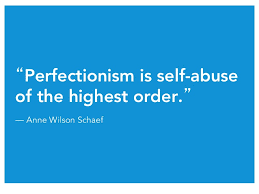 present. You are often exhausted. Your work may prosper, but your health, family, relationships, and contentment will almost surely suffer. Recognize that perfectionism is energy-depleting and not completing. Question your version of success.
present. You are often exhausted. Your work may prosper, but your health, family, relationships, and contentment will almost surely suffer. Recognize that perfectionism is energy-depleting and not completing. Question your version of success. busy day to focus on your breath, take a sensory inventory (what are you seeing, smelling, tasting, hearing?), practice gratitude, be present.
busy day to focus on your breath, take a sensory inventory (what are you seeing, smelling, tasting, hearing?), practice gratitude, be present.



